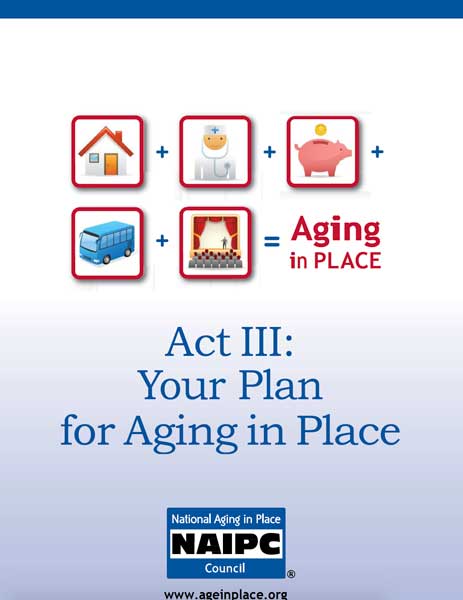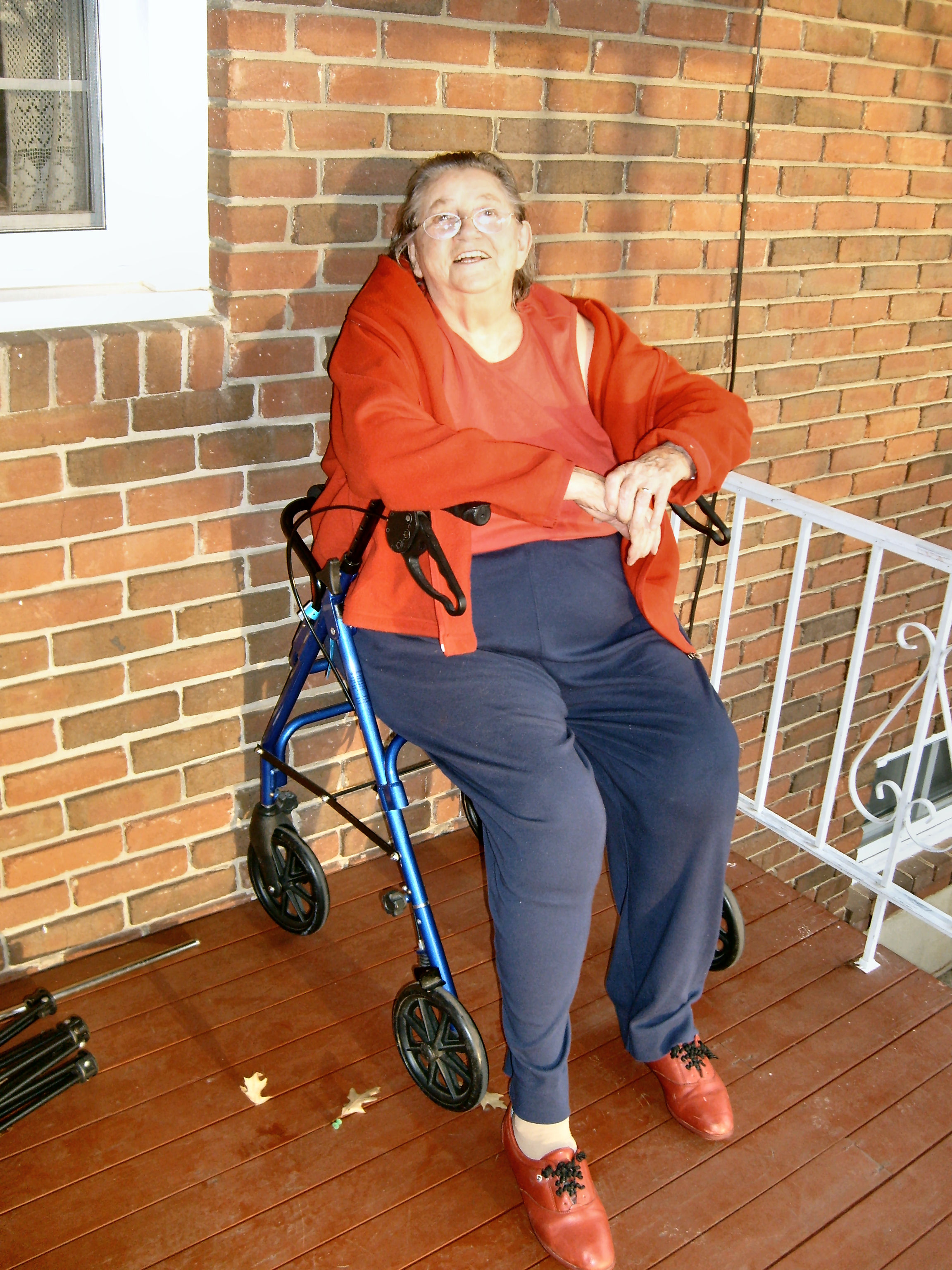July brings Independence Day. On July 4 we celebrate the signing of the Declaration of Independence and our birth as a nation. Although many view the Fourth of July as a day off of work, cookouts, and fireworks, it is meant to be a day we celebrate independence. Many people in later life view the idea of independence quite differently than they did when they were younger. The ability to continue to live life on your own terms and do the things you enjoy often becomes something that is held very dear when we think we may lose it. Sometimes we don’t know what we have until it is gone.
In the context of the homes and neighborhoods we live in, independence means being able to come and go as we please, engage in the activities we enjoy, and live safely and comfortably in our homes. As we age, progressive diseases or normal aging can restrict our ability to fulfill these functions in our daily lives. This can leave us with feelings of frustration, loneliness, sadness, and loss of self worth. While we cannot control all of the changes that come with aging, by the use of proper planning, we can maintain our independence and quality of life much longer than if we bury our heads in the sand and hope for the best.
I recommend that you look at three areas when you begin to plan for a better later life. The three areas are the person, the place, and the support network. We will look at each area individually, but the best solutions are found where the three overlap.
The person includes everything you can do to be a stronger, healthier you. If you eat well, take care of yourself, and exercise, you are much less likely to fall and hurt yourself or develop mobility issues. If you take care of your finances you are more likely to have the resources to pay for your needs later in life.
The place is your home. Wherever you call home, if you make sure it is safe and accessible before it becomes necessary. Safety and fall prevention are the first priority followed by accessibility. Pay extra attention to your entrances and bathrooms. These are the most common areas for people to struggle with safety and accessibility. If you need a home assessment to discover what changes are needed, please give us a call at 540-384-2064. We would be happy to help.
The support network includes family, friends, church and social groups, as well as professional caregivers. In short, anyone who would be able to lend a helping hand if you need it. Many people are hesitant to ask for help because they do not want to be a burden to others. Just remember that we all need help sometimes. We could all use a dose of old fashioned neighborliness. If you don’t have the kind of support network to help you in the areas that you think you might need help, work on getting these resources in place before you need them.
If this planning process seems a bit overwhelming or you don’t know where to start, we have a Planning Guide that can help you walk through the process. You can go to my website at https://solidrockenterprises.com/service/aging-in-place/. On the right side of the page, click on download planning guide. The guide will help you take inventory of what you have in place and where you need help. As always, thank you for reading Housing Matters, and call us at 540-384-2064 if you need help making your home safe and accessible.


